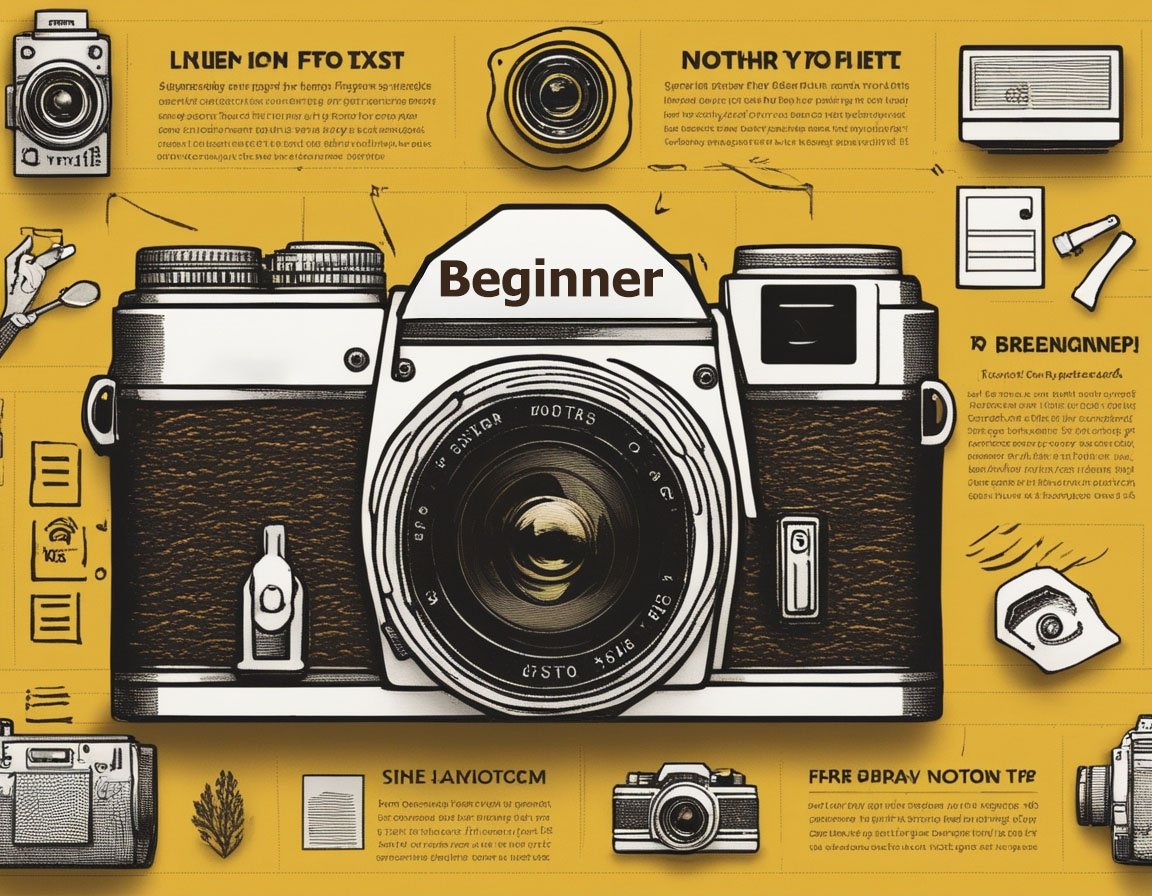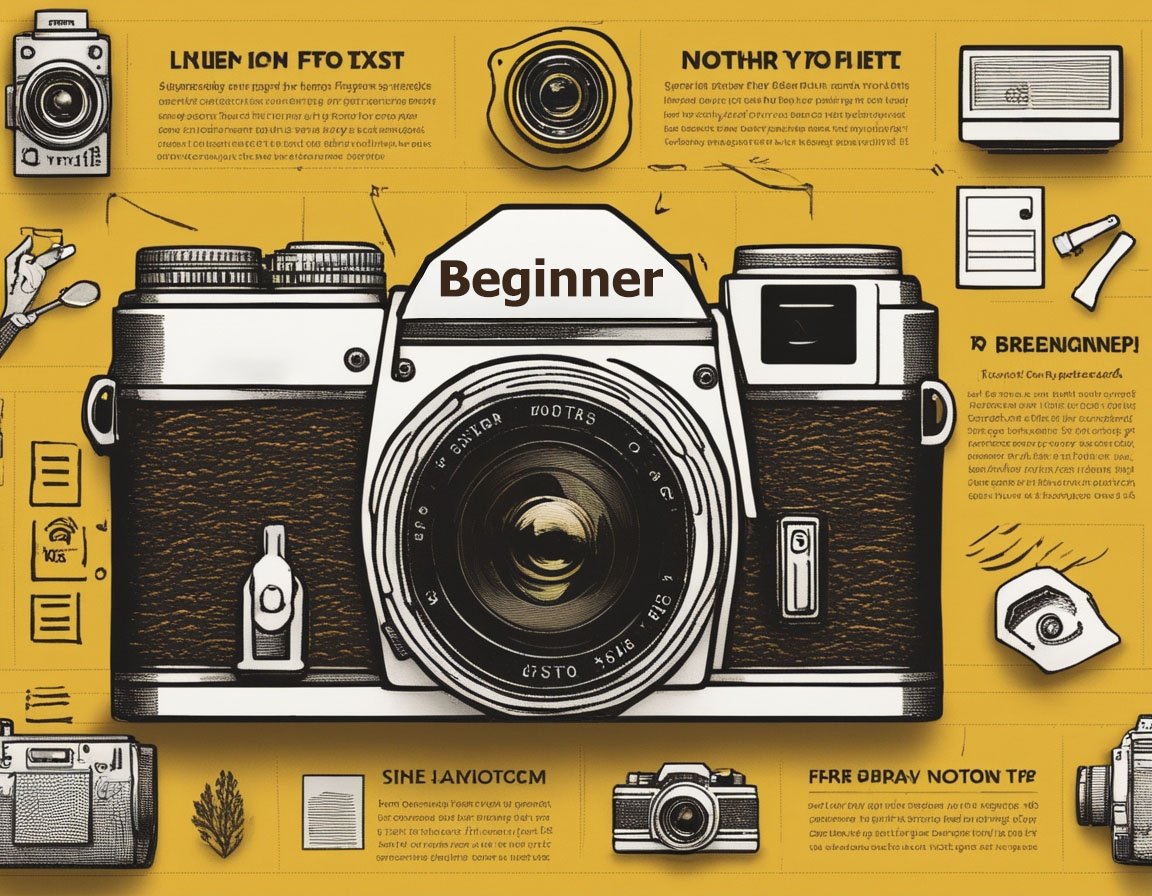Understanding Motion Capture in Photography
In the world of photography, capturing motion is a thrilling yet challenging task. It requires a delicate balance of timing, technique, and equipment know-how. Failing to properly capture motion is a common stumbling block for many beginner photographers, often resulting in blurred or poorly timed images. Let’s delve into what goes wrong and how to avoid these missteps.
The Basics of Motion Capture
Capturing motion in photography involves freezing a moment in time, which can be tricky given the dynamic nature of movement. This process requires adjusting various camera settings to ensure the motion is either perfectly frozen or artistically blurred to convey the movement’s fluidity.
Shutter Speed: The Crucial Element
One of the most important technical aspects of capturing motion is shutter speed. A fast shutter speed (such as 1/500 sec) is essential for freezing fast movements like a bird in flight or a car speeding by. Conversely, slow shutter speeds are used to intentionally blur motion, such as when shooting waterfalls or city traffic trails at night.
Common Mistakes with Shutter Speed
Beginners often choose the wrong shutter speed. A frequent error is using a too-slow shutter speed when trying to freeze action, which results in a blurry subject. To correct this, always match your shutter speed to the speed of the action you’re capturing.
Camera Settings and Their Impact on Motion
Camera settings extend beyond shutter speed, impacting your ability to effectively capture motion. Understanding how to adjust these settings to suit different scenarios will dramatically improve your shots.
ISO Settings: Balancing Light and Noise
ISO determines the camera sensor’s sensitivity to light. In low-light environments, you might be tempted to increase ISO to compensate for a faster shutter speed. However, high ISO can introduce noise, detracting from the image quality. Striking a balance is key.
Avoiding ISO Pitfalls
Newbies sometimes overlook ISO adjustments, resulting in overexposed or underexposed shots. To avoid this, practice setting your ISO manually rather than relying on auto modes, which may not always interpret lighting situations accurately.
Aperture and Depth of Field
Aperture impacts depth of field and exposure. A wide aperture (small f-number) allows more light, permitting faster shutter speeds in low-light conditions. Meanwhile, a narrow aperture is useful for deeper focus, albeit at the need for increased exposure time.
Aperture Selection Errors
Selecting the wrong aperture can lead to either an underexposed image or one that lacks depth of field to properly capture the motion. Beginners should experiment with aperture settings to understand how they affect the motion and overall composition.
Choosing the Right Mode: Manual vs. Auto
Choosing between manual and automatic settings influences not just the final image but also the learning process for beginners.
Understanding Manual Mode
Manual mode gives complete control over your camera settings, offering more creative freedom. This mode is crucial when precise control over motion capture is needed, as auto settings may not always choose correctly.
When Manual Mode Goes Wrong
While manual mode is empowering, it’s easy for novices to make mistakes, leading to poorly captured motion. These errors typically arise from not understanding how to balance the exposure triangle: aperture, shutter speed, and ISO.
Exploring the Benefits of Shutter Priority Mode
Shutter priority mode allows the photographer to select the shutter speed while the camera automatically adjusts the rest for proper exposure. This mode is particularly useful for beginners focusing on motion without the complexities of full manual settings.
Mistakes in Shutter Priority Mode
While convenient, this mode can misjudge lighting, leading to over- or underexposed photos if the environment changes abruptly. Remaining vigilant about exposure levels and compensating when necessary is key to using this mode effectively.
Enhancing Your Motion Capturing Skills
Moving beyond technical settings, the art of capturing motion improves with practice and understanding of your subject.
Proactive Preparation and Planning
Before rushing to capture motion, plan your shots. Know the environment, understand the expected movement, and identify the best angles from which to capture the action. This groundwork can make a significant difference.
Perfecting Timing and Anticipation
Anticipation is a skill gained over time. Predicting movement and preemptively adjusting your settings puts you at a great advantage. It’s not just about reaction time; it’s about anticipating the peak of an action.
Why Timing Matters
Missing the decisive moment often results in lackluster images. Practicing anticipation helps nail the shot at the perfect moment, capturing the essence of movement and emotion.
Experimentation and Practice
Through experimentation, you learn what works best in various situations. Try different settings and approaches, take note of what succeeds, and learn from what fails.
Building a Portfolio of Attempts
Keeping a record of your attempts allows you to track your progress and identify areas for improvement. Look back at your work to see how your understanding and execution have evolved over time.
Learning from Mistakes
Mistakes are an invaluable learning tool. Examine what went wrong with failed shots—was it shutter speed, aperture, ISO, or merely bad timing? Troubleshooting and solving these problems enhances your photography skills significantly.
Utilizing Technology and Tools
Harnessing the technology and tools available at your disposal can elevate your motion photography game.
Equipment: Tripods and Remote Shutters
A sturdy tripod is essential for avoiding camera shake, especially with slower shutter speeds. Additionally, remote shutters minimize the risk of movement when hitting the shutter button.
Common Equipment Missteps
Inadequate stabilization results in blurry shots. Investing in quality support systems will drastically affect your success in capturing sharp motion images.
Post-Processing Software
Software like Adobe Lightroom or Photoshop can help refine your images. Through post-processing, you can adjust exposure, correct errors, and enhance the captured motion.
Avoiding Over-Editing
Over-editing can detract from the natural beauty of a photograph. Aim for subtle enhancements that maintain the integrity and emotion captured in the shot.
Conclusion: Embracing Continuous Learning
By understanding the mistakes commonly made by beginners and implementing solutions effectively, photographers can greatly improve their motion capture techniques. The journey from amateur to skilled motion photographer is paved with trial, error, and learning. With practice, patience, and persistence, capturing beautiful motion-filled images becomes not just attainable, but also incredibly rewarding.



